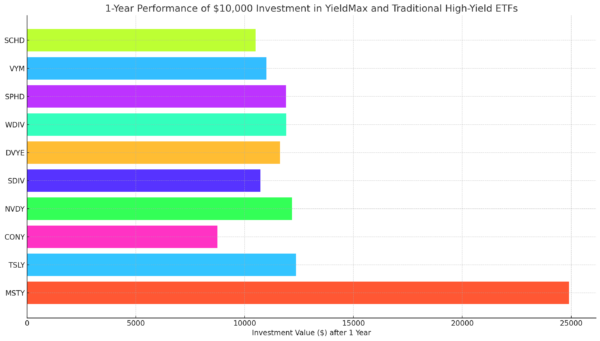NetApp Dividend Safety: Is This Cloud Company’s Dividend Flying Too Close to the Sun?
Today, Investment U’s Income Expert, Marc Lichtenfeld, takes a look at NetApp’s dividend safety.
NetApp (Nasdaq: NTAP) is a cloud storage and data management company based in Silicon Valley. But unlike most tech companies, this one has a robust 4.5% dividend yield.
Can tech investors expect to continue to receive their $0.48 per share quarterly dividend?
A big red flag is that NetApp’s free cash flow is headed in the wrong direction. In 2019, it declined slightly to $1.17 billion from $1.33 billion the year before.
This year, free cash flow is projected to drop to $936 million, and then it’s expected to drop all the way down to $714 million in 2021.
This year, NetApp is forecast to pay $439 million in dividends, or 60% of its free cash flow.
In normal, nonpandemic times, that would be perfectly okay. But during the pandemic, I’ve taken my threshold for an acceptable payout ratio down to 50%. (A company’s payout ratio is the percentage of free cash flow that it pays in dividends.)
The reason I lowered the threshold from 75% to 50% is because the pandemic has created havoc for many businesses. Across the board, management teams understandably feel the need to conserve cash.
NetApp Dividend Safety Rating Overview
I want to make sure we are not caught by surprise, assuming a dividend is safe only to see it cut later.
A company that pays out 50% or less of its cash in dividends has a big enough buffer that it can afford to keep paying the dividend even if free cash flow dips.
NetApp has a solid but brief dividend-paying history. Since it began paying a dividend in 2013, it has raised the payout every year except 2020.
But that dividend track record isn’t enough for SafetyNet Pro. The falling free cash flow is a major problem, and the higher-than-acceptable payout ratio is also an issue.
NetApp’s dividend is attractive, especially for a tech company, but I don’t think you can consider it safe. The dividend cut may not come immediately, but if 2021’s numbers are weaker than expected, a reduction next year is very possible.
Dividend Safety Rating: D
While NetApp seems to have an interesting dividend, it’s at high risk of being cut, and its plummeting free cash flow is a major concern. However, only time will tell if the NetApp dividend safety can improve.
For daily dividend news and retirement strategies, sign up for the Wealthy Retirement e-letter below. Behind everything at Wealthy Retirement is the goal to help you live the life you want through financial freedom.
About Marc Lichtenfeld
Marc Lichtenfeld is the Chief Income Strategist of Investment U’s publisher, The Oxford Club. He has more than three decades of experience in the market and a dedicated following of more than 500,000 investors.
After getting his start on the trading desk at Carlin Equities, he moved over to Avalon Research Group as a senior analyst. Over the years, Marc’s commentary has appeared in The Wall Street Journal, Barron’s and U.S. News & World Report, among other outlets. Prior to joining The Oxford Club, he was a senior columnist at Jim Cramer’s TheStreet. Today, he is a sought-after media guest who has appeared on CNBC, Fox Business and Yahoo Finance.
Marc shares his financial advice via The Oxford Club’s free daily e-letter called Wealthy Retirement and a monthly, income-focused newsletter called The Oxford Income Letter. He also runs four subscription-based trading services: Technical Pattern Profits, Penny Options Trader, Oxford Bond Advantage and Predictive Profits.
His first book, Get Rich with Dividends: A Proven System for Earning Double-Digit Returns, achieved bestseller status shortly after its release in 2012, and the second edition was named the 2018 Book of the Year by the Institute for Financial Literacy. It has been published in four languages. In early 2018, Marc released his second book, You Don’t Have to Drive an Uber in Retirement: How to Maintain Your Lifestyle without Getting a Job or Cutting Corners, which hit No. 1 on Amazon’s bestseller list. It was named the 2019 Book of the Year by the Institute for Financial Literacy.








